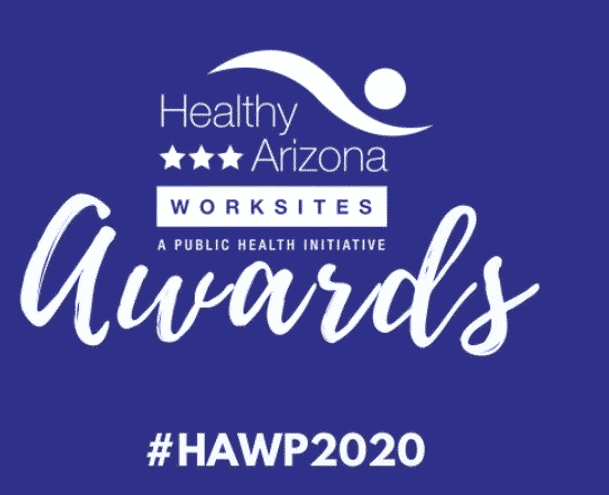 “Act in Netflix’s best interests.” These five simple words constitute the media giant’s expense account policy and represent the broader culture of trust, freedom, and personal responsibility that dominates its workforce. While some rules and guidelines are clearly necessary, high-performing companies like Netflix are increasingly discarding rigid HR policies with ones that allow employees flexibility in where, when, and how they perform their duties. Such companies have found that strict rules tend to only modify the behavior of a few problem employees, while driving away talented employees who are averse to being treated like children.
“Act in Netflix’s best interests.” These five simple words constitute the media giant’s expense account policy and represent the broader culture of trust, freedom, and personal responsibility that dominates its workforce. While some rules and guidelines are clearly necessary, high-performing companies like Netflix are increasingly discarding rigid HR policies with ones that allow employees flexibility in where, when, and how they perform their duties. Such companies have found that strict rules tend to only modify the behavior of a few problem employees, while driving away talented employees who are averse to being treated like children.
Trust is at the heart of these more laissez-faire approaches. In order to cultivate a workforce that can be trusted to act in the company’s best interests with minimal oversight, employers must hire responsible, talented candidates and be willing to lay off those who do not excel in their positions or whose skills are no longer a fit for the organization. Companies that successfully adopt a culture that places a high value on employee autonomy may enjoy greater levels of engagement, stronger retention of talented employees, and enhanced innovation.
Is your employee handbook at risk of repelling top talent? Problematic policies include:
- Stack ranking, also known as forced ranking, is the process of requiring managers to rank all employees according to a bell curve. Regardless of actual performance, a small percentage of employees must be labeled as top performers and another small percentage must be considered low performers. Low performers are often fired or relegated to the fringes of the workforce. A relic from the 1980s, the popularity of stack ranking has dropped precipitously in recent years: according to a study by the Institute for Corporate Productivity, 49 percent of companies used it in 2009. By 2011, this number had decreased to 14 percent. Organizations that have disavowed this practice have realized the harmful effects that it may have on a workforce, such as discouraging collaboration and the sharing of ideas, creating a sense of antagonism amongst employees, and forcing managers to identify certain employees as low performers when that label may not accurately reflect their beliefs. Risk-taking breeds innovation, and employees are far more reluctant to take risks when they are preoccupied with concerns over how their performance compares to that of their coworkers.
- Oppressive policies that treat employees like boarding school students or inmates are sure to drive away talented employees. According to Liz Ryan, CEO and Founder of Human Workplace, such policies may include strict dress codes and requiring employees to prove reasons for absence, such as illness or a death in the family. Employers will likely enjoy better results by hiring trustworthy, responsible people, granting them enough autonomy to work in the ways that best allow them to be productive, and discussing issues as they arise.
- Zero tolerance policies may result in the loss of high-potential employees who encountered uniquely challenging circumstances. In the course of performing their job duties, employees may face situations that require them to either violate a zero tolerance rule or act contrary to their sound judgment or ethical principles. These situations may be unforeseeable and rife with mitigating circumstances that would justify a rule violation, but zero tolerance policies do not allow for such exceptions. Furthermore, zero tolerance policies rob managers, who should be entrusted to make responsible business decisions under the circumstances, of the ability to exercise discretion.
Establishing HR policies that optimize workforce performance without stifling employees’ creativity through micromanagement can be a delicate balance. By honing their recruitment processes to select the candidates who will commit themselves to advancing the organization’s success and having open discussions about any performance issues that arise, companies may reap the benefits of a happy, engaged, creative workforce.




























